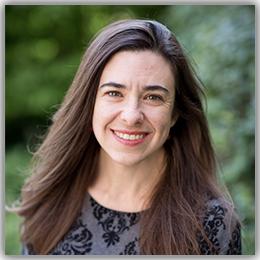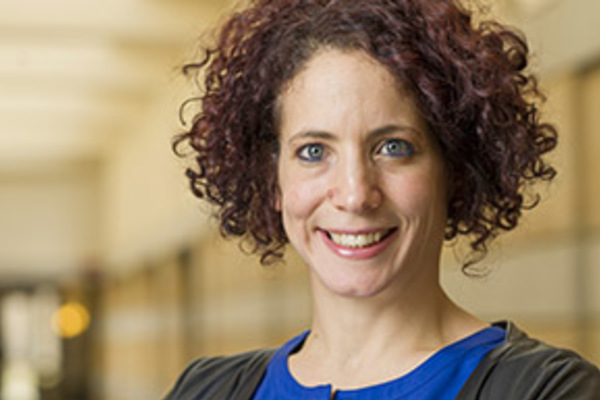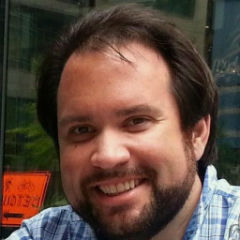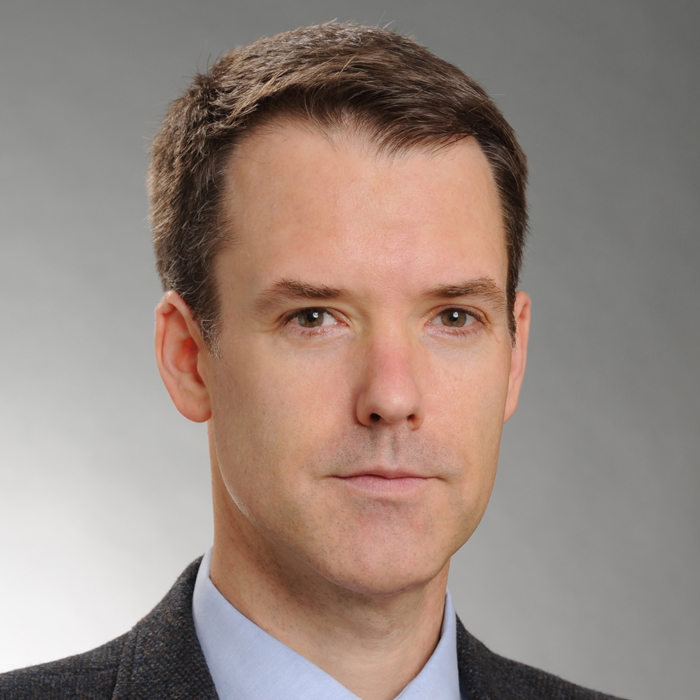This post begins with a provocation: is the human soul within the purview of modern biomedicine? The immediate answer would seem to be: no, it is not. Medical students are not indoctrinated in locating or studying the soul in their courses on anatomy and dissection, nor do they learn about afflictions of the soul (if there are, in fact, any in secular biomedicine) in their courses of pathophysiology. Yet few physicians today in the U.S. would claim that medicine is a “soul-less” practice, although they would be hard-pressed to explain more precisely what they might mean.
A Question of Personhood
In ethical debates around medical care the term most often evoked in the North American context is that of “personhood.” What is the human person and where is it located? These questions become particularly pressing when debating the ethics of care in the earliest and final stages of life. How early in the formation of human cells does the “person” enter the fray? At what stage, in the demise of a human life, does the “person” end?
Cultural anthropologists have been at great pains to counter the assumption that there is a singular universal answer to these questions. In various ritual practices around the world, a new life and personhood can be marked at different stages, just as there are different cultural practices marking a person’s death that could begin before the person’s last breath or several days later. I would like to offer an intervention that suggests how current bioethical debates, that may seem intransigent when the human soul is evoked, may be moved forward.
The Redefinition of Death
As anthropologist Margaret Lock thoroughly detailed in her 2002 book Twice Dead: Organ Transplants and the Reinvention of Death, early experiments with cadaveric transplantation in the late 1960s coincided with a biomedical redefinition of the death of the person. Whereas death had most commonly been associated with the cessation of cardio-pulmonary activity, today roughly 1% of the population of North America may die from a massive and irreversible head trauma (usually as a result of car accidents or gunshot wounds to the head), resulting in the cessation of brain function. This small percentage of patients can be placed on a life respirator (a descendent of the “iron lung” ventilator machine that was crucial to treating polio patients in the outbreaks during inter-war America) that maintains organ function until organ and tissue harvesting can occur.
Transplant coordinators and transplant staff have been at great pains to depict these patients as “really dead” although they may seem alive because of the artificial maintenance of the machine. They are warm to touch and their hearts continue to beat. Indeed, there has been much initial discomfort with treating such patients as mere cadavers, and a considerable amount of discursive production to maintain this practice as normal and ethical. Stuart Youngner memorably conducted several studies among clinicians faced with brain-dead patients, demonstrating that there was much disagreement among them about when a person, in fact, was “clinically dead.” Anthropologist Margaret Lock suggested that in North America, where medical policies are strongly kept outside of the domain of public opinion, brain-death as a concept was accepted with little public outcry, which was not the case in other countries, most notably Japan.
In my own work in Egypt, I found that many Egyptian physicians refused to recognize neurological criteria as the overriding decisive factor for defining death. In a medical context where strong religious adherence is pervasive, physicians have been quick to point out that if there is any biological function in the patient (whether machine-assisted or not), this is evidence of the presence, even if lingering, of the soul. One particularly strong opponent of harvesting the organs of brain-dead patients, Egyptian anesthesiologist Safwat Lotfy, suggested in outrage that Muslims must have superior ethics to “secular” physicians in the West, who do not acknowledge the importance of the human soul. Lotfy suggested that a secularist materialistic society is ready to see human beings in utilitarian terms without pondering spiritual questions about our obligations to our fellow man.
Dualistic Understanding of the Mind-Body
While this argument is provocative, I find it counter-productive to engaging in bioethical debates. Anthropological studies among North American clinicians have revealed that they do not deny that biological life continues in a brain-dead patient. Rather, they interpret these biological signs differently. Because North American medical culture has largely inherited a dualistic understanding of the mind-body, they maintain that it is possible for a person to remain biologically alive while her “spirit” has departed. Thus, unlike the charges wielded against them by polemicists, it is not that they do not acknowledge the spirit, but rather that they locate it elsewhere, as potentially separate from a biologically functioning body.
An Intervention
Thus, I suggest an intervention: we cannot resolve disagreements over where the soul is, whether it is possible for the soul to depart from a beating heart, or whether it is necessarily the soul that animates biological life, simply because such questions are outside of the purview of biomedicine. Different traditions resolve these questions differently, and in large world-religious traditions such as Christianity and Islam, there is a wide space of interpretation within traditions over these questions, which are not, in any case, categorically laid out in scripture. These are questions that become critical with the introduction of new medical technologies that enable greater and deeper manipulations of the beginnings and ends of human life.
Rather than asking whether patient A is “really” dead, or whether his soul has departed or is lingering, what we can more productively ask is: Is it ethical to precipitate the pending biological demise of patient A if doing so increases the survival and quality of life of patient B? It is this very question that transplant advocates have tried to avoid by re-defining death along neurological criteria. But however distasteful it is to consider that one life must be weighed as of higher or lower value than another, avoiding the question does not make it disappear. Indeed, whether or not one intervenes medically, some lives continue only at the expense of others. Thus it is this question that we must consider as we widen bioethical deliberations to include people of different traditions, religious backgrounds, scientific learning, and personal experiences.








